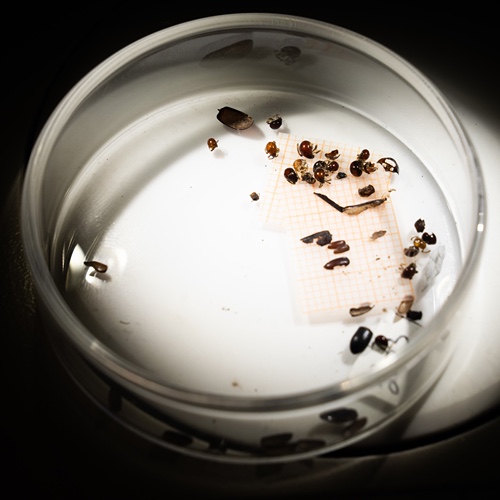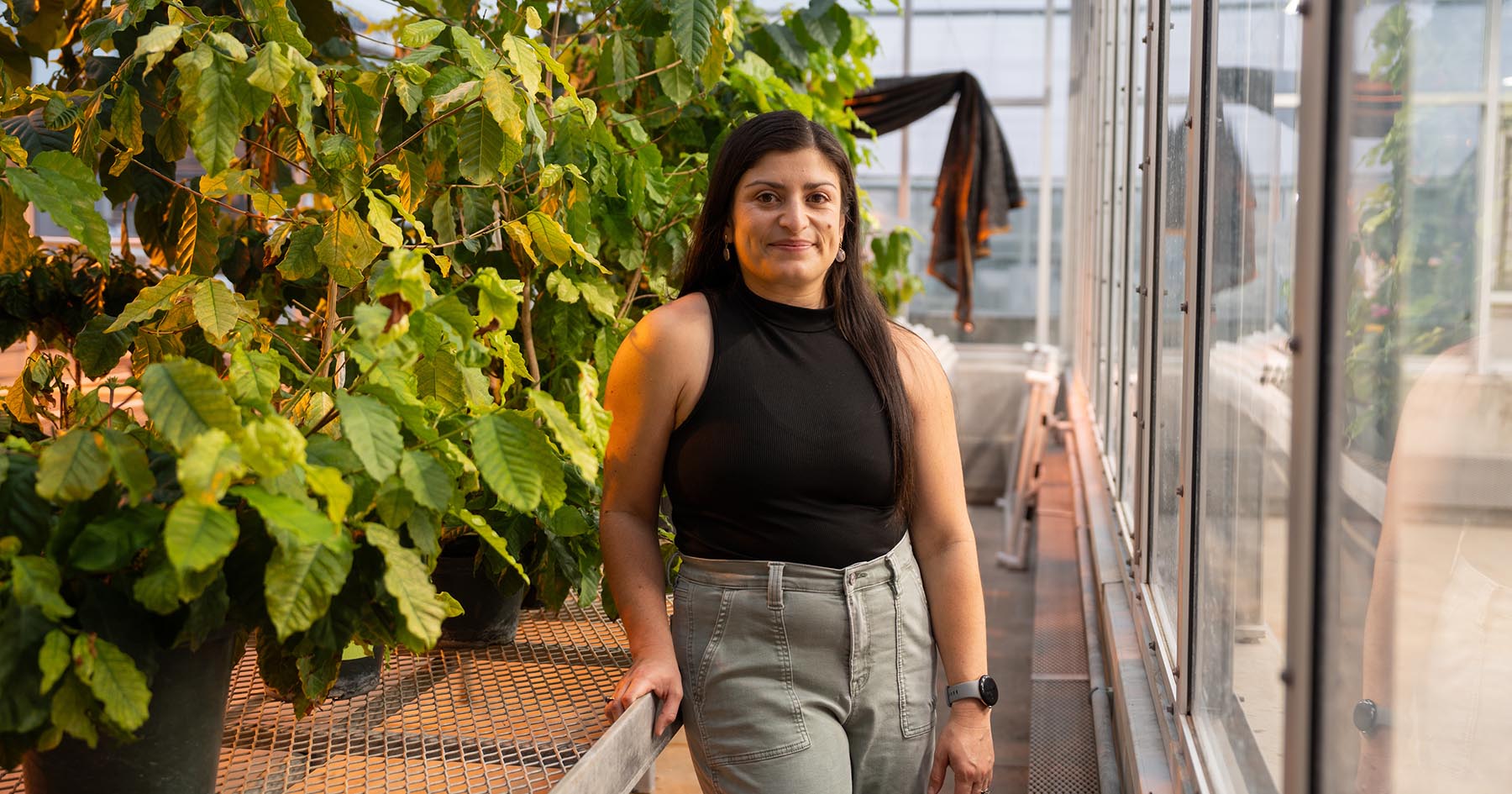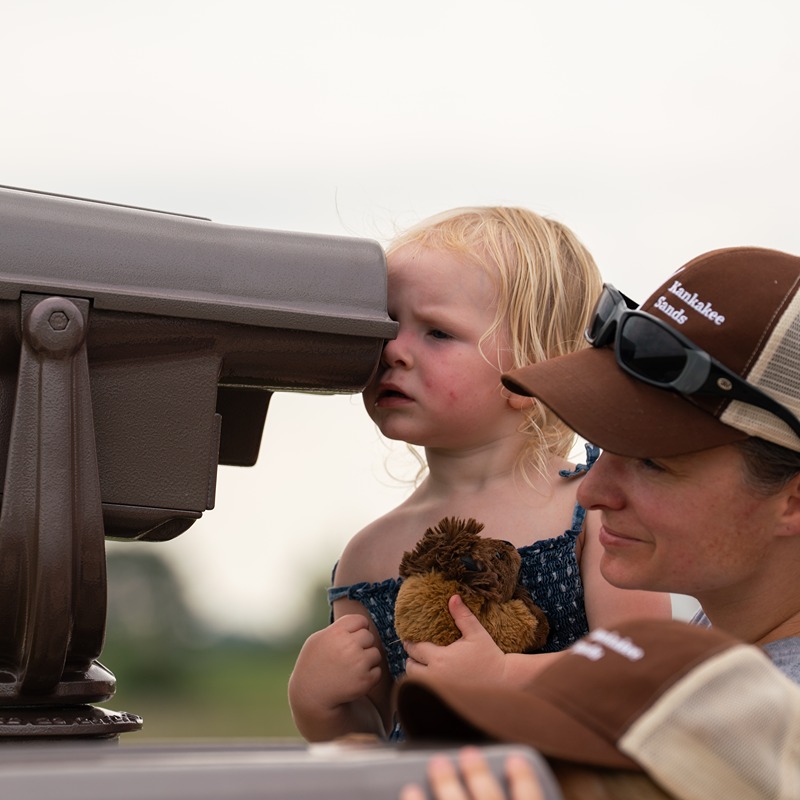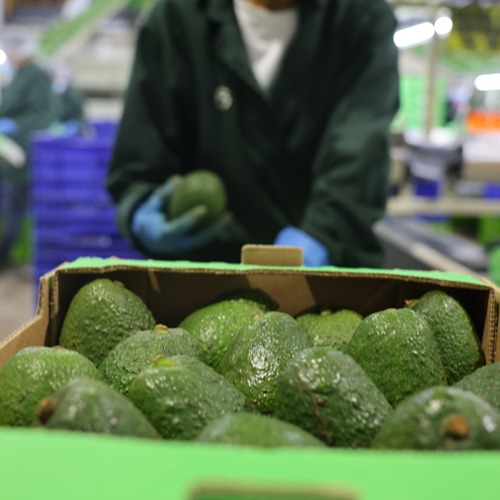Legal hemp raises questions about pesticides
The legalization of industrial hemp in the 2018 Farm Bill is good news for farmers – especially tobacco growers dealing with declining demand for their crop. The bad news? If they find pests or disease damaging hemp crops, there are no pesticides that are considered safe or legal to protect them.
Industrial hemp, which can be used for fiber in textiles, is a member of the cannabis species but contains less than 0.3 percent Tetrahydrocannabinol (THC), which gives users a high, and also cannabidiol (CBD), which is purported to have multiple uses. Since cannabis has until now been a federal schedule 1 drug – akin to heroin and LSD - it was illegal to grow, and pesticides have never been approved for use on the plant.
That will change when the provisions of the Farm Bill go into effect, but potential growers still face many hurdles. In a paper published in the journal Crop Protection, Purdue University researchers lay out the problems surrounding the lack of pesticide regulations for cannabis.
“Pesticide regulations are narrow and confusing. A product approved for use on soybeans or corn can only be legally used for those products. It’s illegal to go off-label and use a pesticide on another crop,” said Janna Beckerman, a Purdue professor of botany and plant pathology and co-author of the study. “It can take many years for manufacturers to prove the safety and efficacy of their pesticides, and many more to get all the federal approvals. In the meantime, our hands are tied.”
In the paper, Beckerman, Leah Sandler, a Purdue graduate research assistant, Fred Whitford, director of Purdue Pesticide Programs, and Kevin Gibson, a Purdue professor of botany and plant pathology, call for a clear federal framework that defines pesticide rules for cannabis, research funding that will lead to valuable information for hemp growers, and policies and procedures that will ensure the safety of products derived from cannabis.
“There’s already a lot of interest from potential growers, and if the farming community sees hemp as a viable crop, then we need to be working to address the concerns they’re going to have surrounding crop protection,” Sandler said. “You’d really rather have everything in place before you have people growing cannabis or hemp, but that hasn’t happened. It will take considerable effort to take the steps necessary to ensure that cannabis can be grown safely and that growers will have the tools necessary to protect their crop investments.”
The researchers also suggest that any federal pesticide regulations for cannabis should clearly define how those rules apply to cannabis grown for use as marijuana. Thirty states have legalized marijuana for medicinal or recreational use, and the Pew Research Center reports that 62 percent of American support marijuana legalization, suggesting that more states may adopt similar laws.
Still, if the federal government continues to categorize marijuana as a schedule 1 drug, anyone growing cannabis for marijuana use in the 30 states that have legalized it will still be prohibited from using pesticides on their plants, whether they are grown commercially or for personal use.
That could lead to confusion and serious consumer safety issues, Beckerman said, because of the differences in the ways hemp and marijuana are used. A pesticide that is safe for hemp being turned into fiber may not be safe for use on marijuana or for CBD, since those products are often concentrated and consumed or inhaled by consumers.
“When a highly valued crop has problems, people are going to apply pesticides. But unlike many of our currently regulated crops, cannabis can be dried or turned into oils, concentrating it and any chemicals put onto the plants,” Beckerman said. “We don’t know how those concentrations might affect users who ingest and inhale the end products.”
But growers go off-label to protect their cannabis plants, as evidenced by lab tests of marijuana that show illegal pesticide residues.
“There are some natural, herbal types of pest- and disease-control products out there, but they are not regulated, kind of like herbal supplements you see at the store that promote health benefits. We don’t know if they’re safe, and we don’t know if they work,” Whitford said. “So growers go off-label, and not only is that dangerous, but it risks their crop as well. If those crops are tested and show any levels of illegal pesticide use, the entire crop can be confiscated.”





